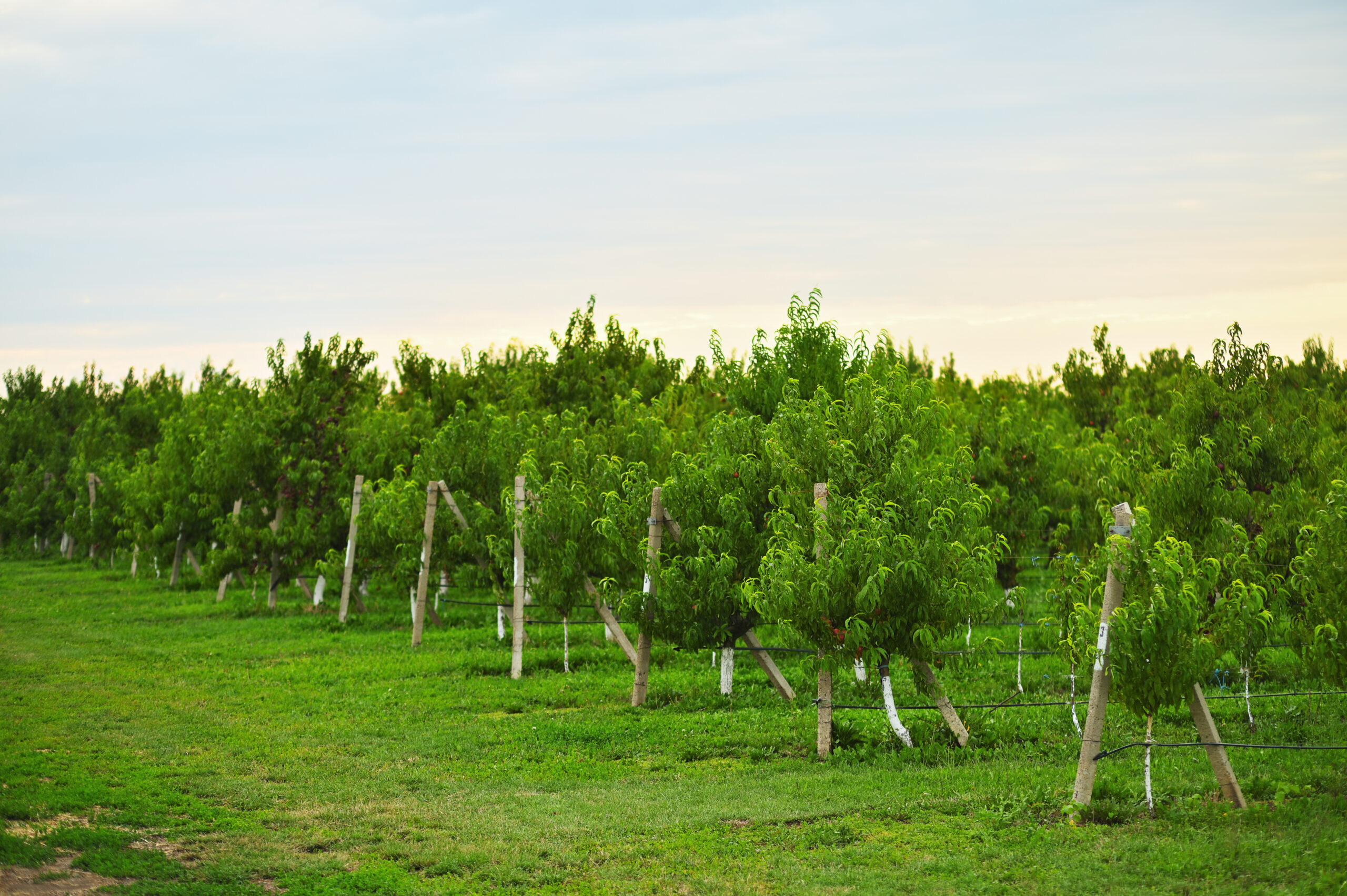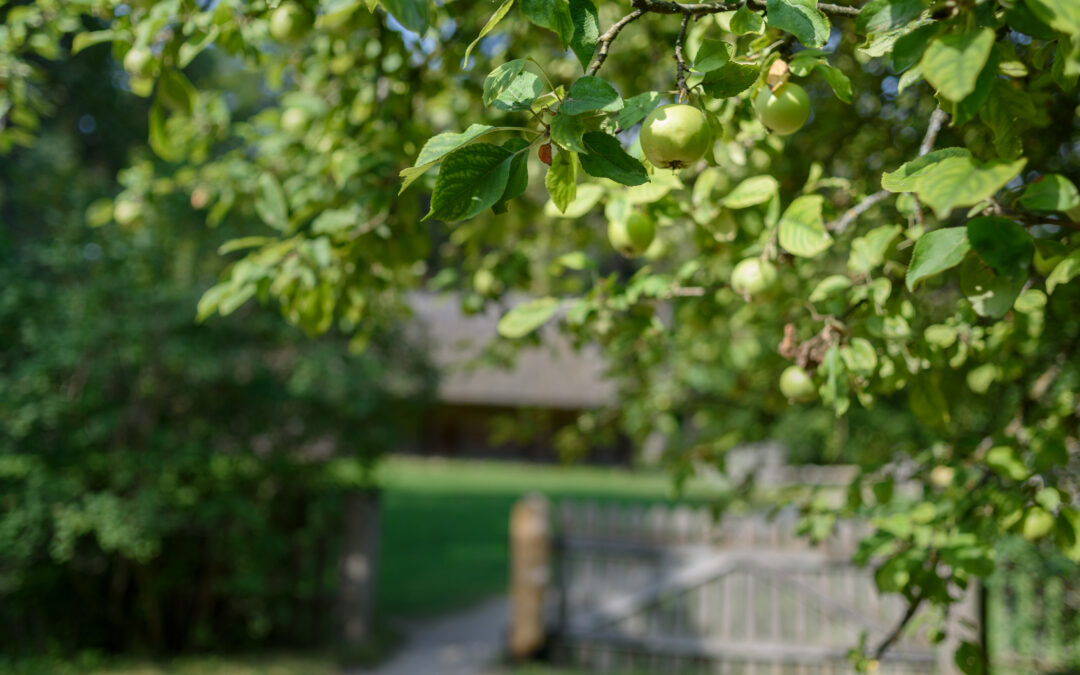I was born and raised in the warm, sticky humidity of South Texas. Summers could be suffocating, but that weather is perfect for growing crops. My grandma was a true southern gardener. Her plot wasn’t just a backyard garden—it stretched over an acre, and she needed a mule and a plow to furrow the rows. Harvest time meant fresh vegetables galore, but each year, she had to start all over again if she wanted the same results.
Becky’s grandma, on the other hand, had a pecan orchard. Several varieties of pecan trees grew on her land. At harvest time, they placed large tarps under the trees and shook them until they were covered with nuts. The beauty? Those trees produced fruit year after year, with minimal effort. Sure, sometimes they needed “spraying” or grafting to develop new varieties, but the bulk of the work was done once, and the orchard kept giving.
This isn’t just a story about gardens and orchards. It’s a powerful lesson in wealth building. The “secret sauce” to lasting financial growth is to build an orchard, not just a garden.
Gardens vs. Orchards: The Difference in Wealth
When it comes to garden plants like broccoli, you have to plant, nurture, and harvest them every year. A job works the same way: your income is tied to the time you put in. You trade hours for dollars. Once you spend the money, you have to work again. That’s why so many people feel stuck in the rat race. They’re harvesting vegetables just to cover the basics with little left over to grow, invest, or give.
An orchard is different. Once it’s established, it produces fruit year after year with minimal upkeep. When done right, investments work the same way. Orchard-style investments generate income without “cutting down” the tree. You don’t have to sell the asset to get paid. Investments like stocks, IRAs, and gold are not orchard-style investments because you have to sell them in order to receive a payoff (unless they’re dividend-producing stocks). These are part of a well-rounded investment portfolio, but they shouldn’t be the main focus. Real wealth comes from assets that produce ongoing income.

Why Real Estate Is Your Orchard
Real estate is the ultimate orchard investment. Why? It provides long-term appreciation while also generating short-term cash flow. Sure, you’ll occasionally have to “spray for worms” by dealing with tenant issues, maintenance, or repairs, but your properties will keep producing fruit without constant, full-time effort.
The IRS even recognizes this: if you spend 750 hours a year acquiring, rehabbing, and managing real estate, you’re considered a full-time real estate professional. That’s about 15 hours per week compared to the 40 hours a week most people spend at a traditional job.
Every property you own is like planting a new apple tree in your orchard. You don’t have to sell it to get paid; rent provides consistent income. Once you have your first property, the goal is to keep planting more trees until your passive income covers your family’s living expenses—and then some.
With that, here are four steps to growing your real estate orchard:
1. Prepare the Soil
Before you plant a single tree, invest in yourself. Learn everything you can about real estate, and get your financial foundation in order. Here are a few tips:
- Get your budget under control using the 70/20/10 framework: 70% for expenses, 20% for investing, 10% for tithing or giving.
- Pay down consumer debt where possible to free up cash flow.
- Save for your first down payment:
—3–3.5% for your first investment property
—5% for a personal home (after the first property)
—15–20% for future investment properties, or leverage home equity wisely (read more: How to Use Home Equity to Build Wealth)
Join our free WealthBuilders Real Estate Bootcamp or upcoming Workshop to learn strategies from experienced investors!

2. Plant Your First Apple Tree
Your first property is the first “apple tree” in your orchard. This is where your wealth building journey starts, and it’s important to do it right.
Choose the right property:
- Look for properties in areas with stable rental demand—good schools, jobs, and amenities.
- Focus on properties that generate strong cash flow: monthly rent should cover mortgage, taxes, insurance, and maintenance with at least $300 left over.
- Consider property type: single-family homes are easier to manage for first-time investors, while multi-family units can generate more income but require more hands-on management.
Rehab wisely:
- Minor cosmetic improvements (paint, flooring, fixtures) can significantly increase rental value. Stay away from properties that need big structural changes unless you have the expertise.
- Track your costs carefully. Every dollar you invest now becomes seed money for your next property.
Rent it out:
- Screen tenants thoroughly: check credit, rental history, and employment.
- Set up clear lease agreements and maintain open communication.
- Use property management software or a professional manager if needed, especially for your first property.
Doing this right sets the foundation for your orchard. Your first tree may be the hardest to plant, but it produces the lessons, habits, and cash flow that make scaling easier.
There’s so much more to starting and scaling your real estate portfolio! If you want to get in the game and purchase your first property, register for The WealthBuilders Real Estate Workshop to learn how to:
- Generate passive income every month
- Build an early and prosperous retirement
- Identify profitable real estate markets and properties
- Acquire houses with little to no money
- Buy tax liens for huge returns
- Create a bulletproof asset protection plan
- Profit from vacation rentals
- Fix and flip houses for big returns
- Invest in multifamily properties
- Buy and sell properties with a 401K or IRA tax-free
- Understand real estate and wealth building from a biblical perspective
3. Replant the Seeds
Once your first property is generating income, it’s time to recycle your money and grow your orchard. Many investors follow the BRRRR strategy: Buy, Rehab, Rent, Refinance, Repeat. By now, you’ve already completed the Buying, Rehabbing, and Renting steps (unless you’re living in it first). The next step—refinancing—is where your initial investment comes back to life.
Refinancing essentially means replacing your original loan with a new one, often at a higher value after your renovations and rental income have increased the property’s worth. This allows you to “pull out” the cash you initially invested while still keeping the property in your portfolio.
For example, imagine you invested $20,000 to buy and rehab a $200,000 property. After renting it out and increasing its value, refinancing lets you take that $20,000 back. That money can now fund your next property, and the cycle begins again.
Of course, things don’t always go exactly as planned. If appreciation is slower than expected and refinancing doesn’t immediately return your cash, you can still focus on the steady stream of rental income. Over time, small improvements like adding energy-efficient appliances or an extra bathroom can increase the property’s value and cash flow, helping set the stage for a future refinance. Sometimes, leveraging other assets or simply saving for the next down payment can keep your growth moving forward even when the BRRRR strategy slows down.
Each time you successfully pull out your initial investment, it’s like planting another apple tree in your orchard. Over the years, that first $20,000 can grow into a portfolio of properties producing ongoing income. By diversifying across locations, property types, or even real estate partnerships, you reduce risk while keeping the harvest coming!
4. Grow Your Legacy
The goal isn’t just one property—it’s an entire orchard. One property leads to two, then three, and before long, your income is producing fruit for decades. And here’s the best part: your orchard doesn’t just provide for you. It gives you the ability to bless your family, your community, and give to Kingdom-centered causes.
Jesus compared the Kingdom of God to a tiny mustard seed that grows into the largest of garden plants and produces shelter and life for all who need it. For Kingdom-minded investors, each investment property is like a mustard seed. On its own, it may seem small, but with patience, care, and strategic growth, it multiplies into something far bigger than you imagined.
Every property is a stake in the ground for the Kingdom. With each tree, you’re generating income to provide for others while planting more seeds for future generations. So, plant your trees today, nurture them wisely, and watch God multiply the harvest in ways you never imagined!
Possess Your Promise: You’re Invited to The Real Estate Workshop!
At the WealthBuilders Real Estate Workshop, you’ll learn how to identify profitable properties, plant your “apple trees” wisely, and scale your portfolio with multiple strategies. You’ll gain hands-on guidance to generate passive income, master creative financing, and even earn your professional real estate designation. Whether you’re dreaming of your first property or looking to expand your holdings, this workshop equips you with the tools, insights, and confidence to grow lasting wealth and leave a generational impact. Join us from October 31 to November 2 and start planting the seeds for your financial future today. Click here to learn more and register!








Your passion for your subject matter shines through in every post. It’s clear that you genuinely care about sharing knowledge and making a positive impact on your readers. Kudos to you!